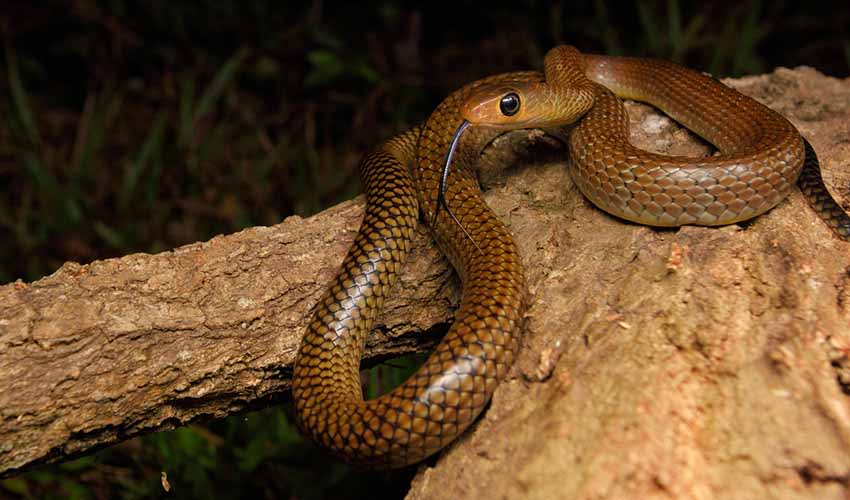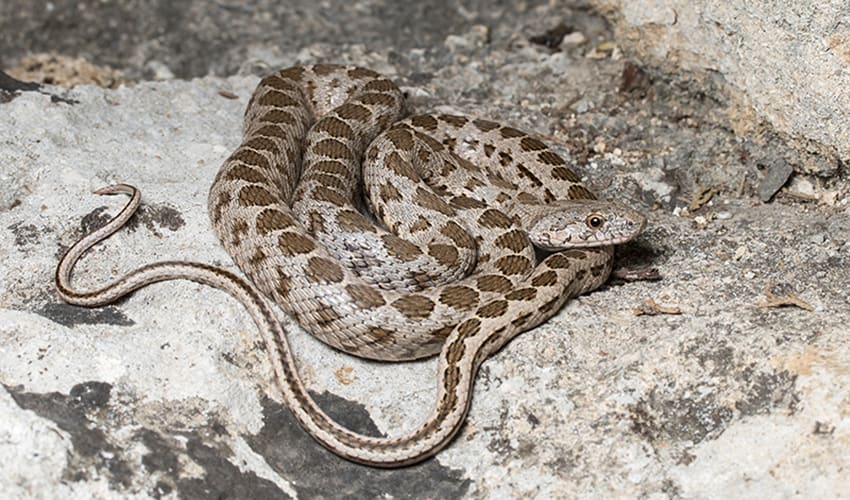Colubri’– Colubrids
Most serpents are here. In fact, it’s hard to draw generalizations in a family so big
Colubridae, the largest and most diverse snake family, encompasses approximately 70% of all known snake species, making it a remarkably varied group of non-venomous snakes. With such vast diversity, colubrids exhibit a wide range of colors, sizes, diets, habits, and habitats, reflecting their adaptation to diverse ecological niches around the world.
Understanding how colubrid snakes are related to each other and to other snake families has been difficult for scientists. Unlike some other types of snakes, colubrids don’t have certain leftover body parts like spurs, which are found in boas and pythons. This makes it hard to figure out how different colubrid species are related to each other based on their physical features.
Colubrid snakes can be found on every continent except Antarctica, inhabiting diverse ecosystems ranging from tropical rainforests to arid deserts and everything in between. Some colubrids are arboreal, spending much of their time in trees, while others are terrestrial or semi-aquatic, occupying different habitats based on their specific ecological requirements.
Despite their non-venomous nature, colubrids play important roles in their ecosystems as predators of a wide range of prey, including insects, rodents, amphibians, and other small vertebrates. By controlling prey populations, colubrids help maintain ecological balance and contribute to the overall health of their habitats.
However, like many other snake species, colubrids face numerous threats from human activities, including habitat destruction, fragmentation, and degradation caused by urbanization, agriculture, and industrialization. The global pet trade also poses significant challenges to wild colubrid populations, with many species being collected for the exotic pet market.
Genera in this family
Wolf-like teeth? Yes, but imposes no danger to humans
With round pupils that open wide in low light, giving them excellent night vision, much like cats
Largely nonvenomous striped North American snakes
Can adapt to different places, look stunning with their patterns, and are impressive hunters
Most widespread of all US snakes that often kill and eat other snakes
Some species are so precise that they can pull a snail completely out of its shell without damaging it!
Don’t let their pretty looks fool you though; they are venomous, but their bites usually aren’t dangerous to humans
Has a specialized diet consisting almost exclusively of bird eggs
Though they’re not venomous, they can still bite if they feel threatened
These snakes possess an extraordinary capability to stretch their bodies
True to their name, they are expert rodent hunters
Can be intimidating to some but they are generally harmless to humans
Despite being so common in rural and even urban areas, these snakes are often misunderstood
By looking like a dangerous snake, they avoid predators who might otherwise try to eat them
Their mouth is designed to grip small prey rather than deliver venom
These snakes are expert constrictors, squeezing their prey until it’s immobilized before swallowing it whole
their venom-delivering fangs are located toward the back of the mouth, and they must chew slightly to envenomate their prey
They don’t have venom, instead, they use their quick reflexes and strong bodies to catch their prey
They use their flattened bodies and undulating movements to glide through the air, making them exceptional aerial gliders
Water snakes with scales that feel like sandpaper and eyes that look like marbles
Their beautifully patterned scales contribute to their visual appeal, leaving a lasting impression on anyone fortunate enough to encounter them
While their bites may be startling, they pose no danger to people
Known for their dramatic displays when threatened, which include puffing up their necks, hissing loudly, and striking repeatedly
Often called smooth snakes because their scales are really smooth, not bumpy like some other snakes
Even though they might look scary, they’re actually harmless to people and often attempt to flee rather than fight


























